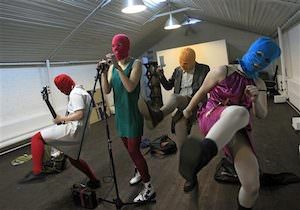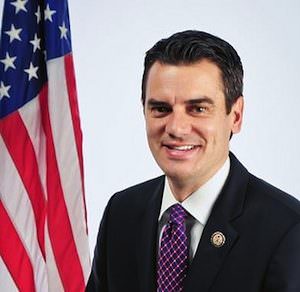Teen Sex Comedies, Seriously
Literary rock star Dave Eggers' magazine The Believer does a cover story on how 1980s teenage sex comedies "reflect a larger human and cultural failure to integrate sexual desire into regular life".
Literary rock star Dave Eggers’ magazine The Believer does a cover story on how 1980s teenage sex comedies “reflect a larger human and cultural failure to … integrate sexual desire into regular life.”
Your support is crucial...The Believer:
The Last American Virgin (1982) overflows with quintessential teen-movie hijinks and motifs. There’s the malt shop and the locker room, the best friends jockeying for the same girl, and the crazy party where the fat kid falls in the pool. There’s the car that rolls into the water and the experiment with the prostitute. Bare breasts abound, but the movie’s real money-shot is a lush, full-frontal view of Karen, the curly-topped, painfully cute female lead. This scene takes place inside an abortion clinic.
The doctor, pockmarked and imperious, has just slipped on his gloves. Then the camera, starting at Karen’s thighs — a tousle of pubic hair visible over her panties — tilts up her bare torso to her face. She’s crying. This is a twisted turn-on — if you enjoy it like you’re supposed to, you’re no better than the callous jerk who knocked her up. The film’s obligation to its constituency of horny boys has run uncomfortably into its other obligation, to tell a story. The scene itself is like an adolescent, getting off without regard to context — a scenario familiar to any man who’s had pubescent run-ins with anatomy textbooks or the underwear section of the J. C. Penney catalogue.
Teen sex comedies — each of those words defined incredibly loosely — blossomed from 1982 to 1985.[1] These movies burgeoned in the cultural airspace cleared by ’70s porn, back when porn thought it needed plot. Usually structured around a crude story about a group of high school or college students who want sex, and featuring plenty of nude or near-nude female bodies but no close-ups of genitals, sex comedies are like the nonalcoholic beer of porn. Twelve-year-olds may get intoxicated, but that’s about it. With a lose-our-virginity-or-bust belief system, the films and their characters pole-vault over ethics to get at sex — like they could crash maturity as they would a party. In the mid-’80s, the pole snapped. The movies didn’t have enough heart to make it, though the formula came out of retirement in 1999 to execute one improbably graceful vault in the form of American Pie.
As we navigate an uncertain 2025, with a new administration questioning press freedoms, the risks are clear: our ability to report freely is under threat.
Your tax-deductible donation enables us to dig deeper, delivering fearless investigative reporting and analysis that exposes the reality beneath the headlines — without compromise.
Now is the time to take action. Stand with our courageous journalists. Donate today to protect a free press, uphold democracy and uncover the stories that need to be told.






You need to be a supporter to comment.
There are currently no responses to this article.
Be the first to respond.